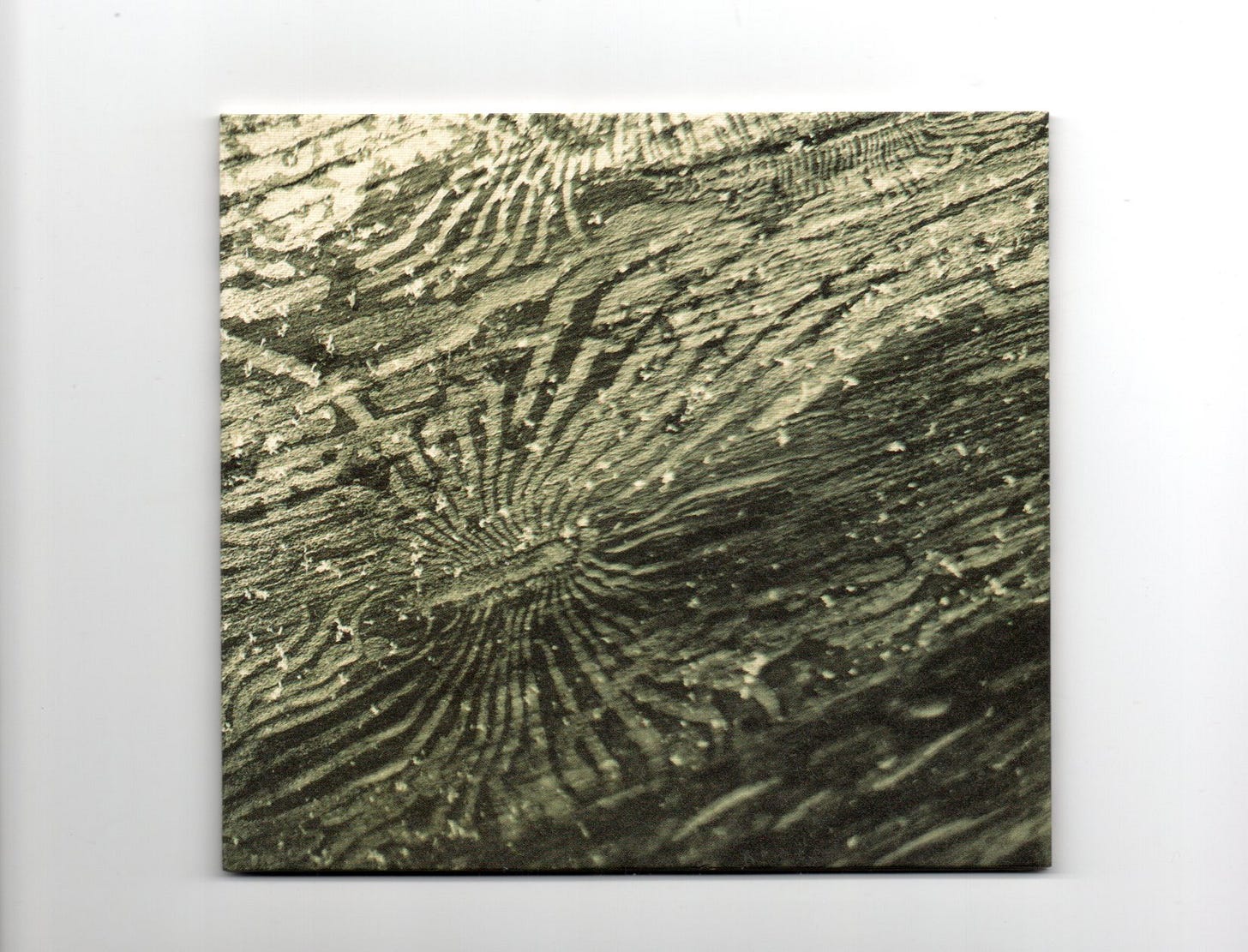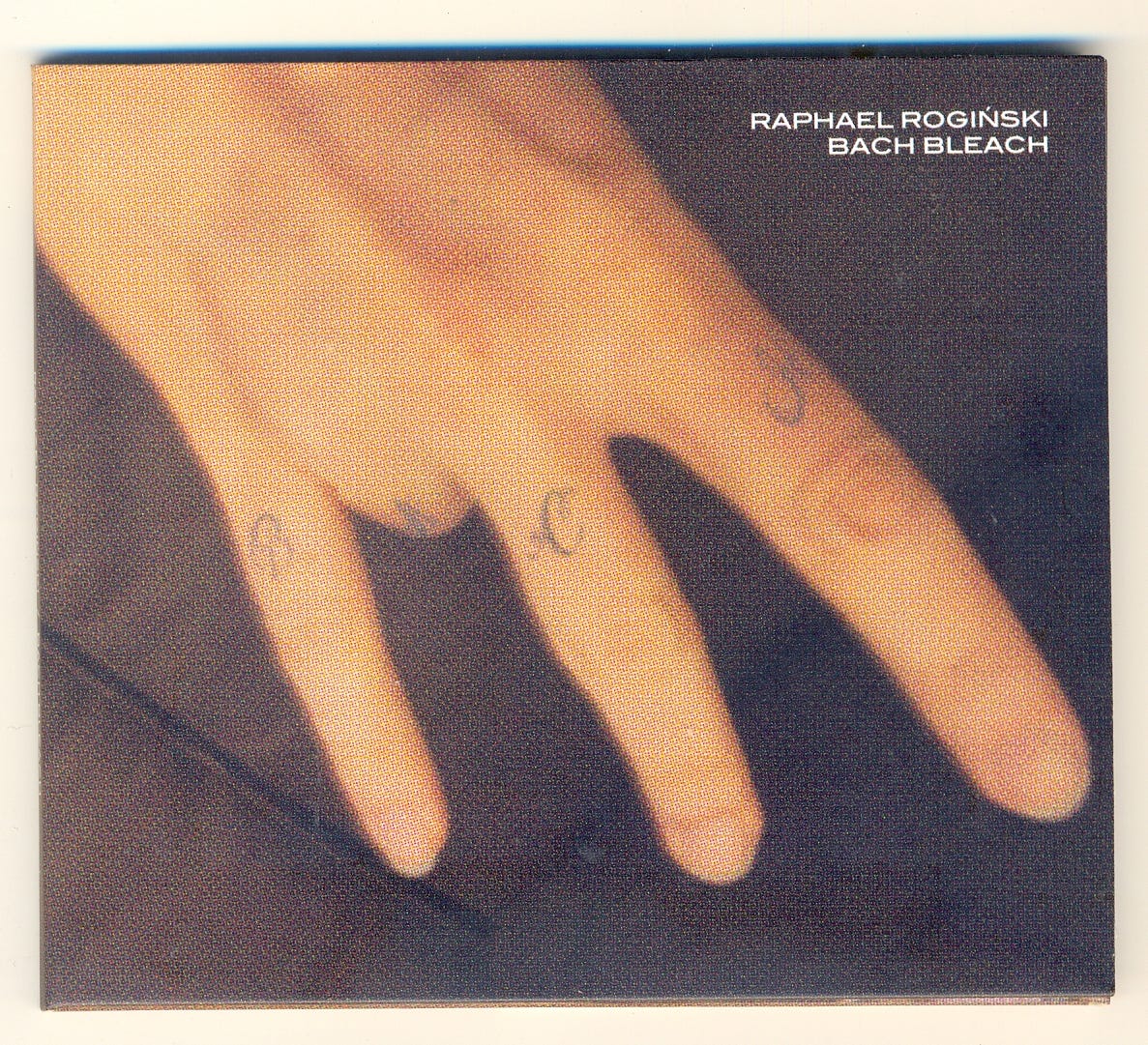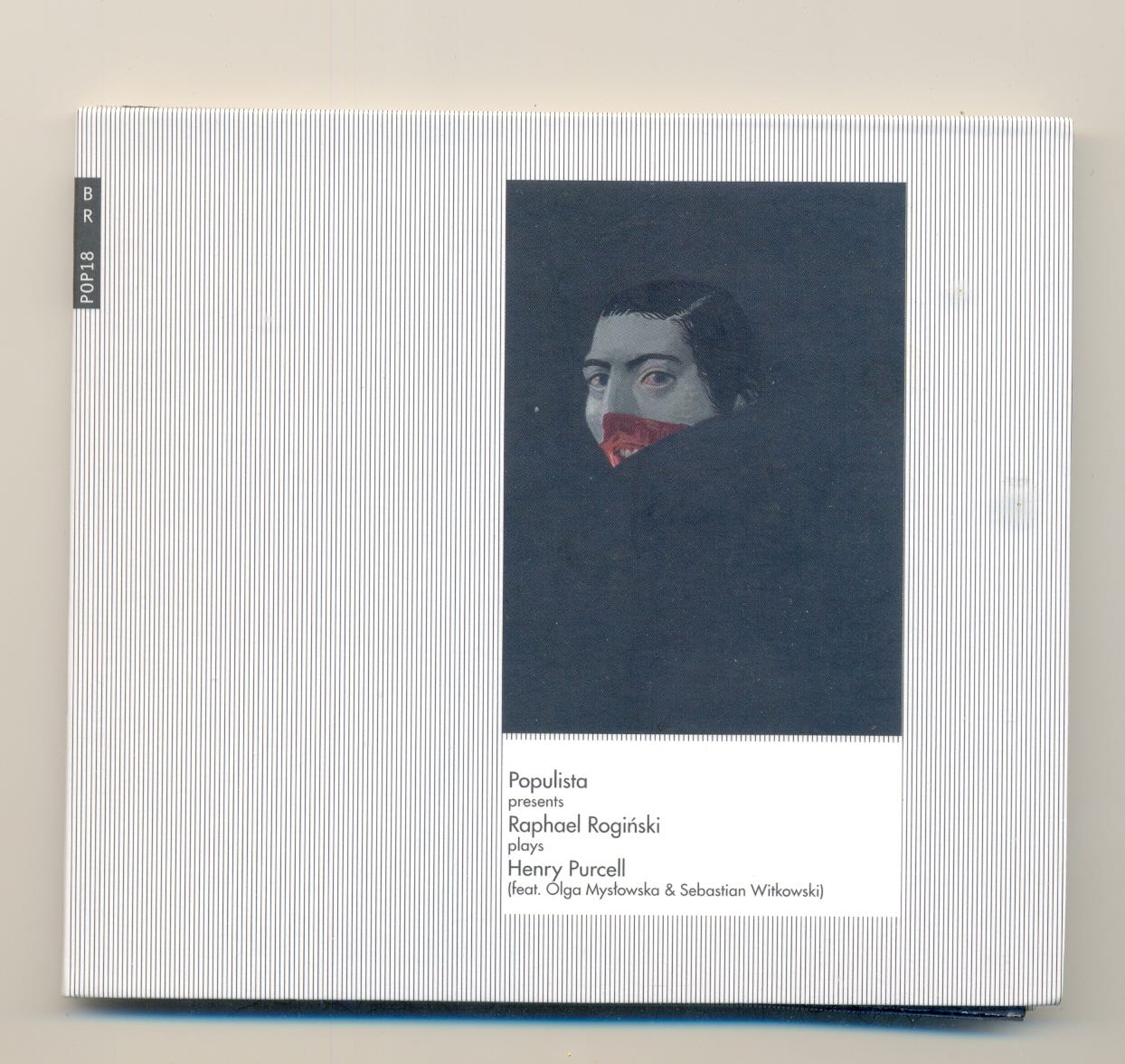Neuguitars 2024 #31 Rogińskilogie. Beauty, sound and thought in the music of Raphael Rogiński
I believe that there is a period, a particular moment in which a musician becomes who he is. Everything that happened before becomes preparation and test, everything that happens after is decline and escape or a new departure and test. In a certain sense Raphael Rogiński has been and will be himself from the beginning. As I write, four of his albums are playing on my CD player: the chromatic “Bach Bleach” (2009), the innovative “Plays John Coltrane And Langston Hughes African Mystic Music” (2015), the elusive “Plays Henry Purcell” (2017) and the last, moving for its expressive strength, “Talàn” (2023). A real Rogińskilogie, a summary of his musical thought.
Buying “Talàn” was the last step in a listening journey, which has taken place over almost 15 years. The discovery of such a creative and unconventional musician as Rogiński was one of the most exciting things in these times. Rogiński is an original guitarist, who since the beginning, since that curious and almost iconoclastic “Bach Bleach” has been able to present a totally personal sound, based on the use of prepared (maybe fretless) guitars and with a counter-current use of sustain. A sound that advances and grows progressively over the years, but which always remains faithful to itself, to its "core", to the initial "ur".
The beginning was one of the most ambitious: rereading Bach's music, a choice capable of making anyone's wrists tremble, even among the most experienced classical musicians. His Bach is as far away as we can get from the traditional versions we are used to, performed by traditionally trained musicians.
Rogiński's electric and acoustic guitars are "prepared" so that the sound is modified and the strings resonate in a different and unconventional way, the result is a "chromatic" Bach, almost micro tonal in its setting. Listening to it there is a strange feeling of cultural déjà-vu, as if you were listening to Renaissance lute music but performed on a maquam-style oud. Something that already has the embryos of a post-oriental vision purely oriented towards music and far from a political interpretation.
Rogiński seems to be a person without haste, behind each of his works you can sense long preparation, capable of culminating in a rapid, precise and almost instantaneous production, like a Zen master.
In 2015 he does it again: he chooses another decidedly uncomfortable and cumbersome subject and reinterprets it. He does it with John Coltrane. “Plays John Coltrane And Langston Hughes African Mystic Music” is a masterpiece, but few people realize it. It is never advisable to joke with the saints and Coltrane's music is difficult to rethink and interpret, even for the listener the idea that someone could pick up his songs and resurrect them is almost unthinkable, accustomed as we are to his copious and detailed record documentation that always allows us to listen to his music again, in which it is always so easy to find new things, new details, new inspirations. In this album Rogiński offers eight songs by Coltrane, completely revisited by him, plus two of his own creation that accompany Natalia Przybysz and the poetic lyrics of Langston Hughes, exponent of the Harlem Renaissance, eight songs which, however, are not to be understood as "covers" but as all-round interpretations, as true abstractions of Coltrane's musical thought.
Raphael Rogiński’s "Plays John Coltrane & Langston Hughes" is an expanded reissue of his 2015 album, previously unreleased on vinyl and long out of print on CD.
Two years later he returns with another masterpiece of delicate abstraction and philological reworking: “Plays Henry Purcell”.
Rogiński is a master of transfer: here he chooses to reinvent this music by giving it a cloak of impalpable contemporaneity. Purcell meets Sigur Ross, revisited in the light of traditional Balkan and Jewish music. Rogiński does not just play, but accumulates, sediments and revitalizes centuries of traditions and cultural exchanges. Much of his music seems concerned with channeling the spirits of the past towards a present well inhabited by semiological ghosts.
When I thought I had lost track of him and could no longer listen to his music, Rogiński returns with a new solo album "Talàn", a masterpiece of quiet meditation and liminal presences. The album is dedicated to the Black Sea, a crossroads of flows between Europe and the East, today once again at the center of history's attention. Many of his songs were written in Odessa, a Ukrainian port city sadly known to today's news, characterized by its historical mix of cultures and gateway to Europe for some of Rogiński's ancestors. The tone of the guitar is attenuated and muffled, but also heavy on the mids and lows, the notes descend from top to bottom, wrapped in silences that maintain that sense of ambiguity and disorientation. His technique remains unusual, but is never ostentatious. His music seems to try to communicate a state of cultural suspension, a state of threshold and tectonic fracture between different experiences. His post-oriental attitude seems to work as a counterpoint, which on a sonic level mixes different cultures, some essential knowledge passed down from generation to generation. Stories of exchange between borders that don't distress me, don't outline possible futures that have never been realized and that don't offer any nostalgia. The semiotic ghosts evoked by Rogiński's guitars live in the present and look towards a future made up of crossings, networks, passages, exchanges and openings. They do not propose models, but widespread cultural identities. “Talàn” is a beautiful, autumnal album, to listen to in the evening, perhaps accompanied by a good book. Raphael Rogiński is a semiotic hero.








